Discover insights, tips, and stories from the skies — from aircraft buying guides to pilot training.
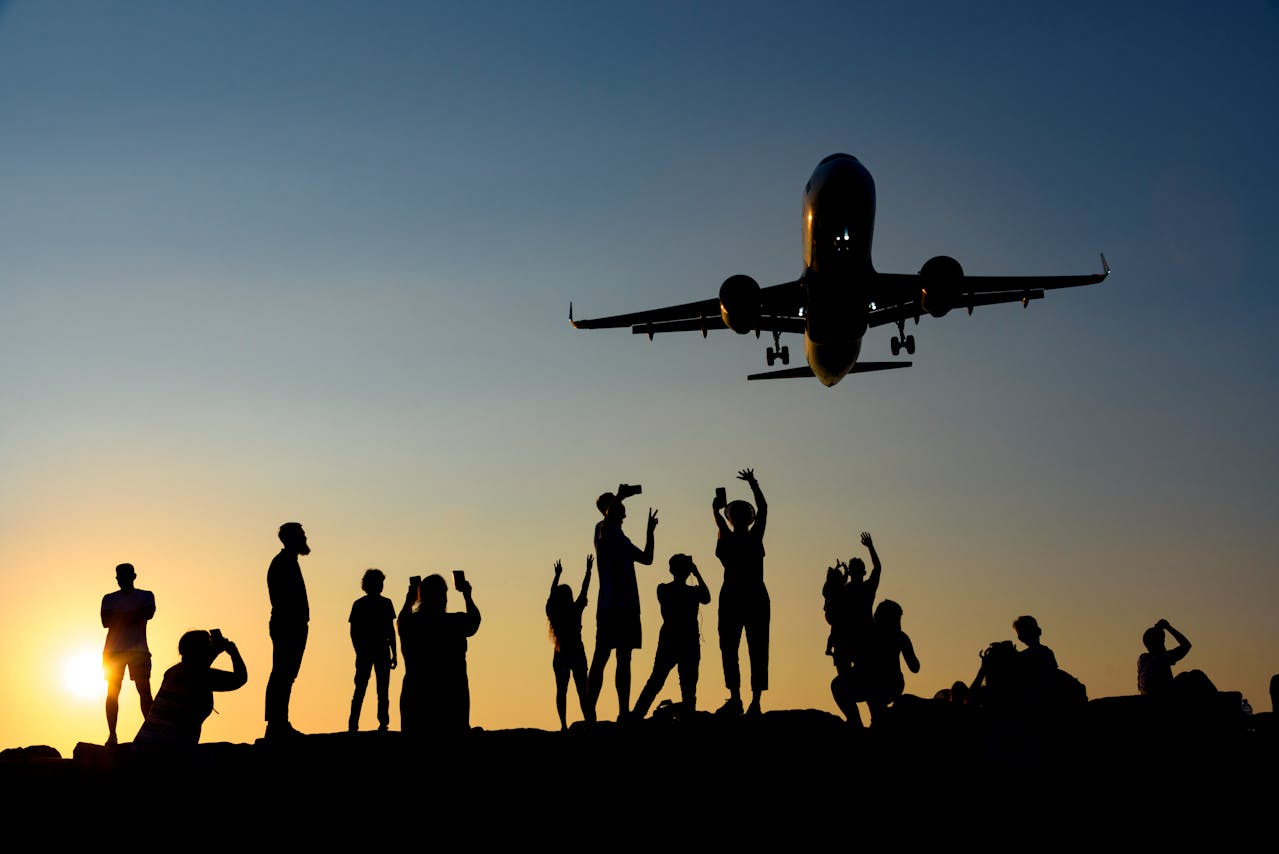
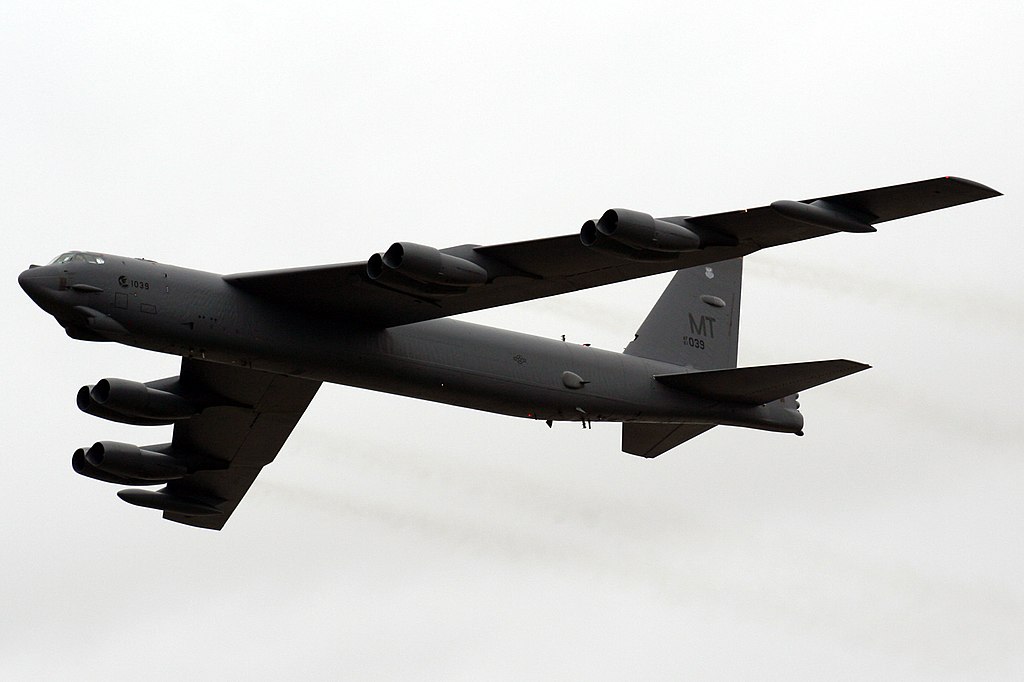
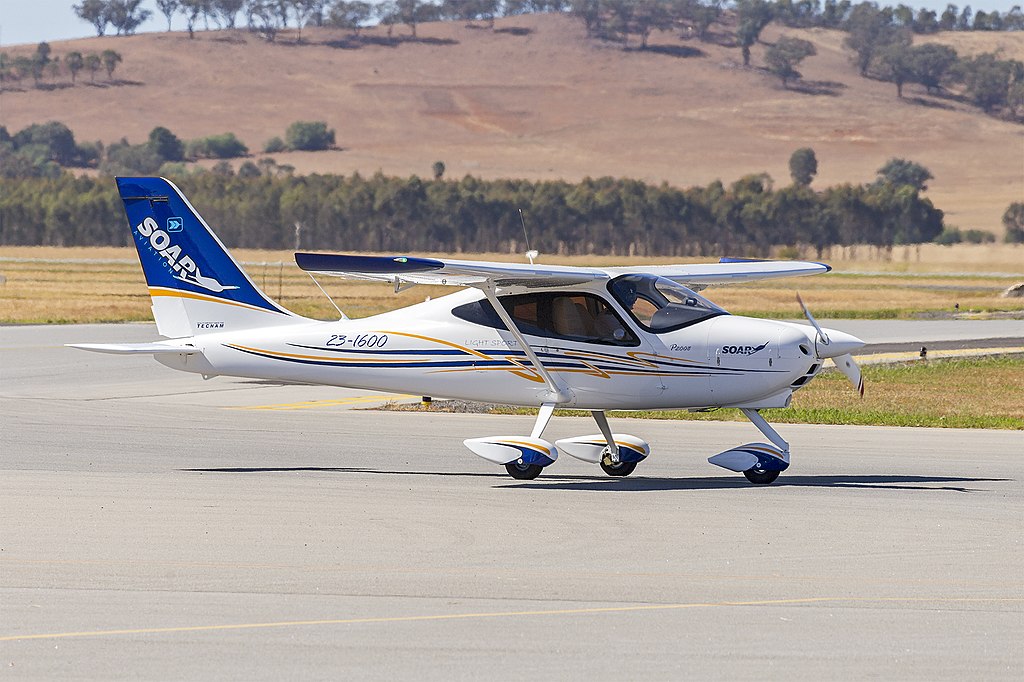
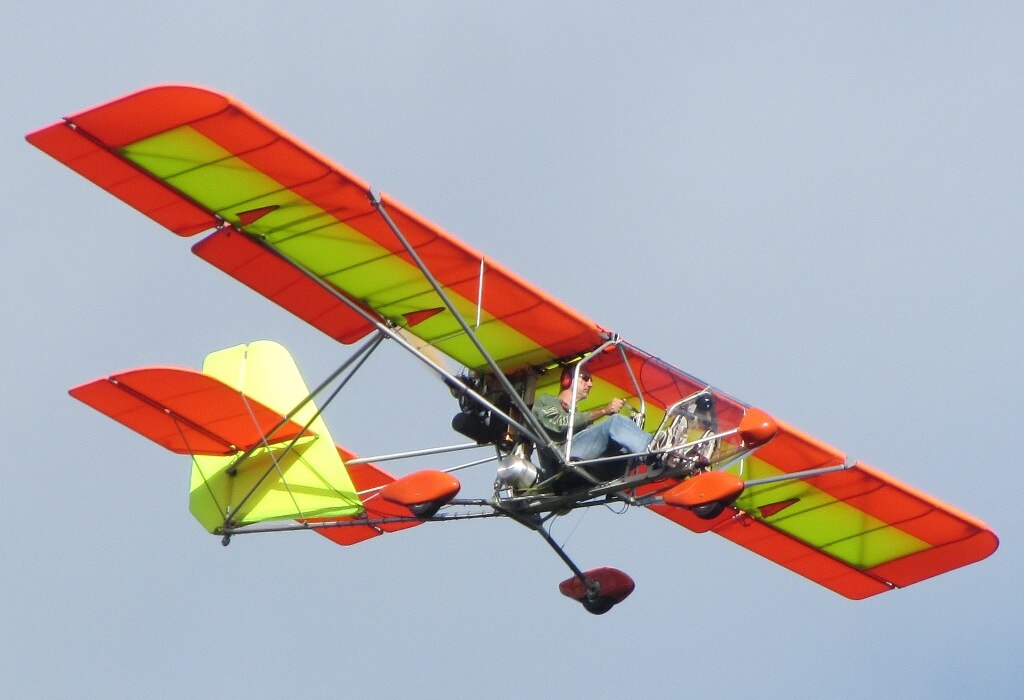
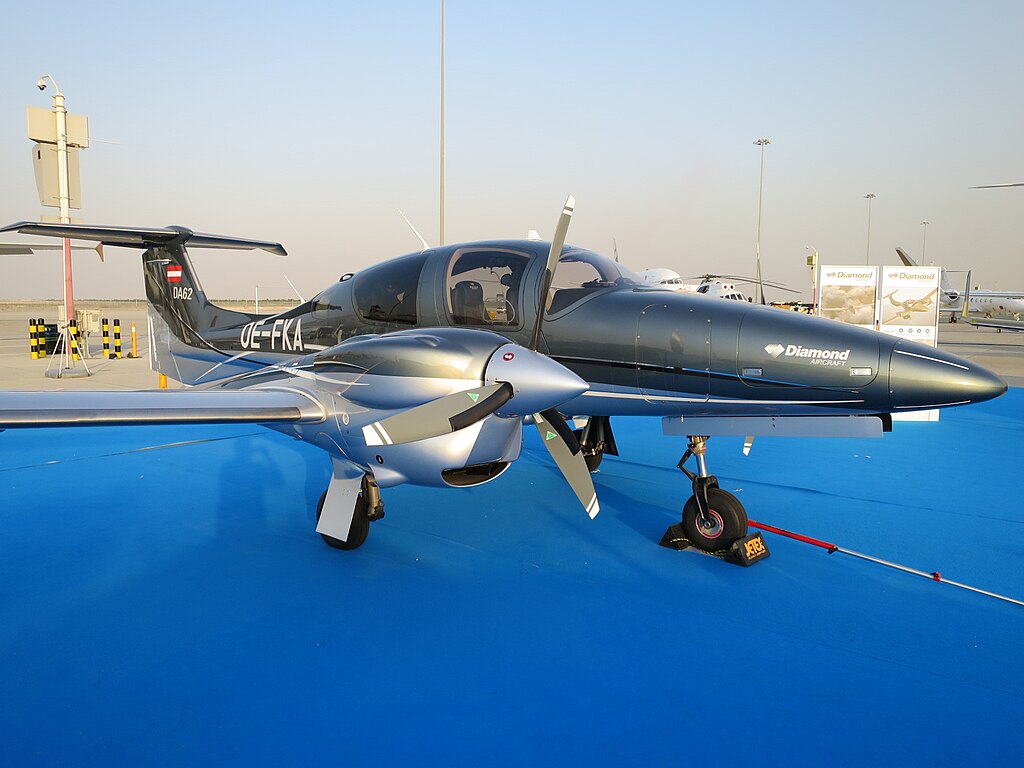
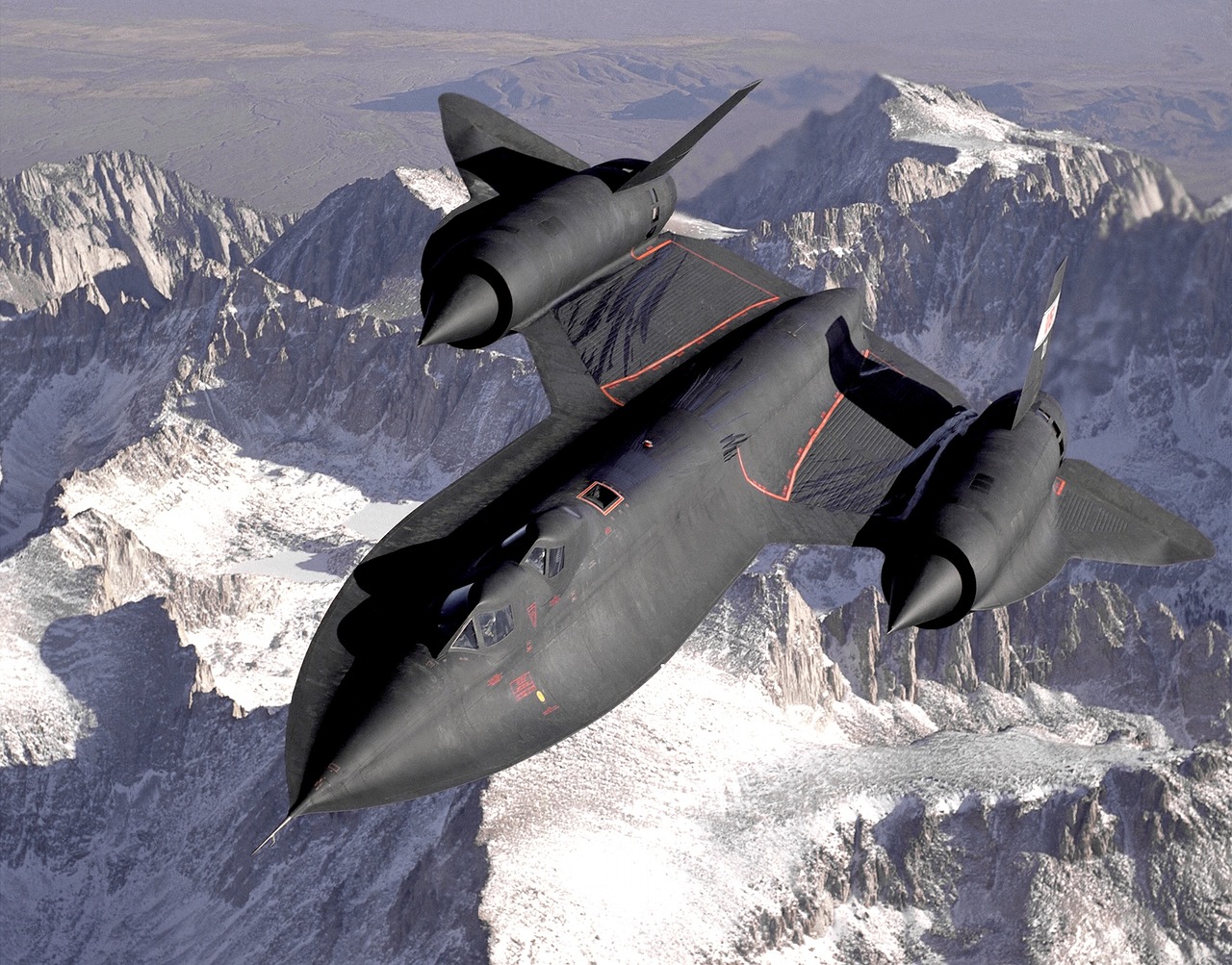
Published: July 20, 2025
In aviation and flying, going faster than sound once felt impossible. For a long time, planes couldn’t break what pilots called the “sound barrier.” It was like an invisible wall that pushed back, hard. But in 1947, something changed. A rocket-shaped aircraft, the Bell X-1, did what no other plane had done—it went supersonic and became the first aircraft to break the sound barrier.
This wasn’t simply about speed. This moment changed the future of aviation. From military jets to high-speed experiments, everything started to shift. In this article, we’ll explore the first aircraft to break the sound barrier, how it happened, and why it still matters today. Let’s jump into the past—and go fast.
Before 1947, pilots had a problem. As they flew faster and faster, they got close to the speed of sound—but not past it. Planes would shake, controls would jam, and flights would sometimes crash. People started to think that flying faster than sound just couldn’t be done.
This idea became known as the sound barrier. It wasn’t a real wall, but the air itself made things difficult. The closer you got to the speed of sound, the more resistance you felt. Pilots described it like hitting a wall, even though there was nothing in front of them. Engineers needed answers—and fast.
Here’s where the Bell X-1 came in. This was an experimental aircraft built just to break that invisible wall. It didn’t take off like normal planes. Instead, it was carried high into the sky by a larger plane, then dropped and powered by rockets.
On October 14, 1947, pilot Chuck Yeager flew this plane faster than sound. He reached Mach 1.06—just over the speed of sound—in what became the first manned supersonic flight. It was a huge moment in sound barrier history.
So when was the sound barrier broken? 1947. The first supersonic flight changed everything. It proved that breaking the sound barrier was possible—and safe—with the right tools and training.
The Bell X-1 wasn’t just the first plane to break the sound barrier. It also opened the door to a new world of fast, high-flying machines. This rocket-powered aircraft showed engineers what it really takes to beat the limits of speed.
Let’s start with shape. The X-1 had a sleek, bullet-like body. Its wings were thin and straight, designed for high-speed airflow. This shape was based on bullets that flew well at supersonic speeds. The design became a model for many early supersonic aircraft.
The Bell X-1 speed wasn’t just impressive—it forced people to rethink how planes should be built. Pilots needed better control systems and stronger materials. Planes had to be tested in new ways, at higher speeds, and with more focus on stability and safety.
This helped launch the X-planes program, a group of U.S. test aircraft used to study flight limits. The X-1 was just the beginning. More mach speed aircraft followed, each pushing the line farther. This was the start of supersonic aircraft history.
Military jets were among the first to benefit. The first jet to go supersonic in level flight was built after the X-1’s success. Later, the fastest planes in history used lessons from the Bell X-1 test flight. The design and data from Chuck Yeager’s flight shaped the military supersonic jet history we know today.
So how fast is Mach 1? About 767 miles per hour at sea level. The Bell X-1 went even faster, making it the airplane that went faster than sound—a true breaking sound barrier aircraft.
From the US Air Force sound barrier program to modern fighters, the X-1 made a lasting mark. It wasn’t just a plane—it was a turning point in the history of supersonic flight.
To understand the sound barrier breakthrough, we first need to talk about Mach 1. So, Mach 1 explained simply means going as fast as the speed of sound. That’s about 767 miles per hour (1,235 km/h) at sea level, though the exact number can change with altitude and temperature.
When a plane hits Mach 1, it creates a shockwave. That’s what causes a sonic boom—a loud bang you hear when an object flies faster than sound. The first sonic boom aircraft to create this on purpose was the Bell X-1. This event was one of the most important sound barrier milestones in flight history.
So, how fast was the Bell X-1? On October 14, 1947, Chuck Yeager reached Mach 1.06—that’s about 807 miles per hour. This was the first successful supersonic flight and made the Bell X-1 the first plane to go faster than sound under controlled conditions.
This wasn’t just a cool speed trick. It marked the start of supersonic aviation development. Engineers had to rethink every part of plane design. The result? New ideas, stronger materials, and safer aircraft that could handle speeds we once thought impossible.
The Bell X-1 supersonic test didn’t happen overnight. It took years of research, testing, and brave flying. The team at Bell Aircraft Corporation—yes, they’re who made the Bell X-1—worked with the U.S. Air Force (USAF) and the National Advisory Committee for Aeronautics (which later became NASA).
Chuck Yeager was chosen as the test pilot supersonic mission leader. He had combat experience and a calm, focused style. When people ask, who first flew faster than sound?—the answer is always Chuck Yeager. His work gave birth to the Chuck Yeager flight history we still talk about today.
So, who flew the Bell X-1 first past Mach 1? Yeager did, on the Bell X-1 flight date of October 14, 1947. The speed of Bell X-1 on that day was the key to this supersonic flight achievement. It also helped set the aircraft speed record 1947.
The x-1 aircraft specs were ahead of their time. The plane was about 31 feet long, had straight thin wings, and was powered by a four-chamber rocket engine. It was built like a bullet for one reason: to go fast. In fact, it became one of the fastest experimental aircraft of its day.
The bell x1 rocket plane taught engineers a lot. It proved that early rocket aircraft could work and led to better designs. The Bell X-1 became a star in the timeline of supersonic flight and helped shape the future of experimental supersonic planes.
The impact didn’t stop there. The success of the X-1 led directly to more projects in the mach 1 aircraft history world. From research planes to the USAF supersonic aircraft lineup, the influence of the X-1 has been felt for decades.
This is the heart of the history of breaking the sound barrier—smart engineering, bold test pilots, and a will to go faster than anyone had ever gone before. The Bell X-1 showed us how aircraft broke the sound barrier, and it opened the door to a new kind of flight.
The first aircraft to break the sound barrier wasn’t just a technical win—it was a leap forward for all of aviation. Chuck Yeager’s 1947 flight in the Bell X-1 proved that human-made machines could go beyond what once seemed impossible. From experimental aircraft X-1 to today’s fastest jets, this flight reshaped everything from design to safety to speed.
Want more on aircraft breakthroughs, flight training, or modern aviation tips? Visit Flying411 for real-world info, guides, and stories from the sky.
Chuck Yeager flew the Bell X-1 on October 14, 1947, during a test flight that broke the sound barrier for the first time.
It was a rocket powered aircraft using liquid fuel engines, not standard jet engines, allowing it to reach speeds over Mach 1.
The X-1 was carried by a B-29 bomber and released mid-air because its rocket engines weren't ideal for takeoff from the ground.
The Bell X-1 reached Mach 1.06, which is roughly 807 mph at the altitude where the flight occurred.
It’s a series of experimental aircraft designed by the U.S. to explore flight limits. The Bell X-1 was the first of many in this program.